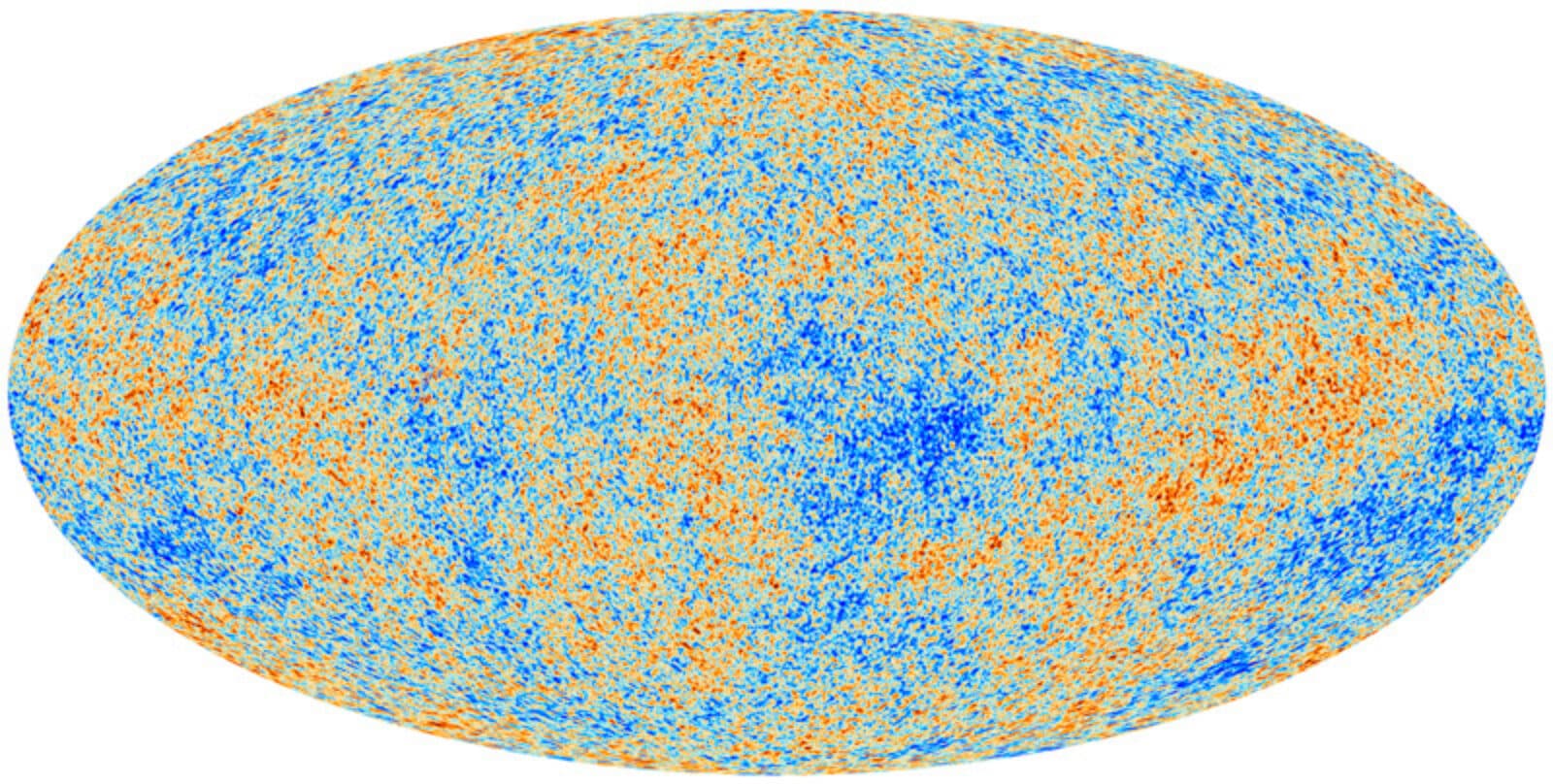Spotlight Live: Looking Back in Time - Oldest Light in Existence Offers Insight into the Universe
by Kelen Tuttle
Three preeminent scientists come together to discuss the latest Planck results, what they mean for the theory of inflation, and what we can expect to learn about the very early universe in the coming decade.

The Author
The Researchers
NOTE: Thanks to everyone who joined our discussion. AN INDEX OF QUESTIONS is listed below.
THE OLDEST LIGHT IN THE UNIVERSE, called the cosmic microwave background, is a fossil from the Big Bang that fills every square inch of the sky. It provides a glimpse of what the universe looked like 14 billion years ago, and can shed light on everything from the evolution of the universe to how much dark matter and dark energy the universe contains.
Recently, two high-profile experiments released new data and analysis of this early light. These data support the theory of cosmic inflation, which posits that the universe underwent an enormous expansion in the moments following the Big Bang. During this time, space grew monumentally, swelling from smaller than a proton to an enormity that defies comprehension.
Three preeminent scientists came together to discuss the latest results, what they mean for the theory of inflation, and what we can expect to learn about the very early universe in the coming decade.

About the Participants (left to right)
GEORGE EFSTATHIOU is a cosmologist with a leading role in the Planck mission, which studies the oldest light in the universe. He is the Director of the Kavli Institute for Cosmology at the University of Cambridge and Professor of Astrophysics at the University of Cambridge.
CLEMENT PRYKE is an experimental cosmologist and Associate Professor at the University of Minnesota. He has played a leading role in the construction and operation of a series of telescopes that study the universe's first light from the South Pole, and in analyzing the data they produce.
PAUL STEINHARDT is the Albert Einstein Professor in Science and Director of the Princeton Center for Theoretical Science at Princeton University. His research spans particle physics, astrophysics, condensed matter physics and cosmology, and he shared the 2002 P.A.M. Dirac Medal for his role as one of the architects of inflationary theory.
KELEN TUTTLE (moderator) is a freelance journalist with more than a decade of experience in science communications. Most recently, she served as Editor-in-Chief of Symmetry, a magazine dedicated to the science and culture of particle physics. Her fields of expertise also include astrophysics, biology and chemistry.
Your Questions
- What does evidence of inflation look like? (2:30)
- How might the BICEP2 results and current results effect how these experiments are designed? (4:15)
- How will future experiments account for what we've learned with previous results? (6:10)
- What is the latest news for the Planck experiment? (7:20)
- What is a theorist's perspective on cosmic inflation? (11:00)
- Is there an experimental measurement to prove cosmic inflation? (34:10)
- Is there enough information in the CMB to truly understand our universe? (42:50)